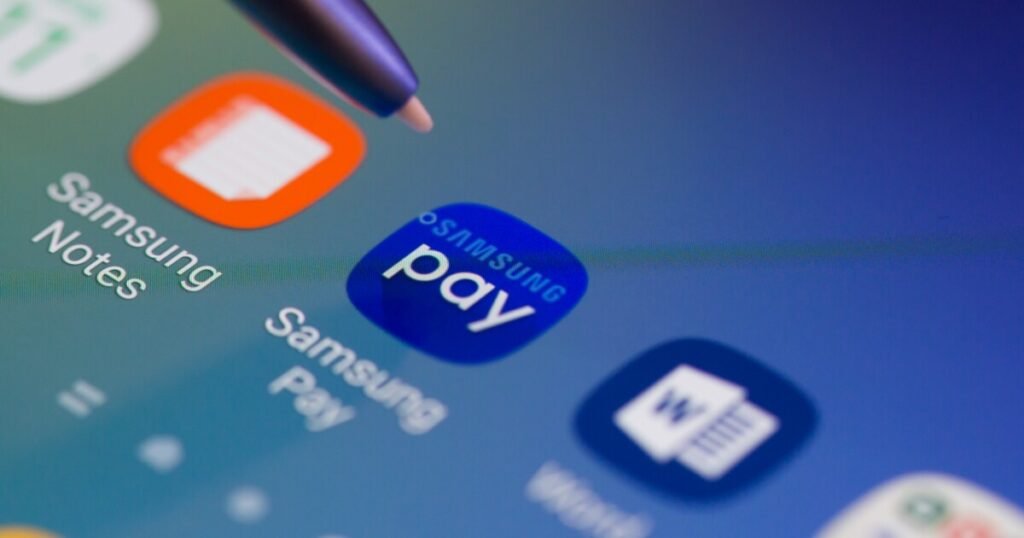
As it pushes to expand installment lending inside brick-and-mortar stores, Splitit is turning to digital wallets, hoping to pick up scale with a combination of contactless payments and the vast reach of the big technology companies that operate the apps.
The company’s first move is to link to Samsung Pay, which is adding a feature that enables consumers to pay over time using existing credit at the point of sale.
Splitit did not release the exact number of merchants that would be added, saying it would be “most stores” where Samsung Pay is available. Splitit, which told American Banker it plans to announce another large mobile wallet integration in the coming months, is seeking to reach more merchants as more
Near field
Sheth was referring to near-field communication, the technology that enables mobile phones to “talk to” point of sale terminals that accept contactless payments in stores.
Eleven years after the
Samsung Pay is on pace to process more than 1.6 billion payments globally, and has 35 million active users in the U.S., according to
Read more about moble baking. (
NFC payments are 85% of Samsung Pay transactions, and the app is available in 31 countries. “We’re starting in the U.S. but Samsung Pay is globally large and will move into the large Samsung Wallet markets, primarily in Europe and Asia,” Sheth said.
Samsung did not return a request for comment. Like Apple and Google,
As Samsung Pay and other mobile wallets grow, Splitit can boost usage by creating payment flexibility, Sheth said.
“We can engage those consumers inside the wallet and drive foot traffic for merchants that accept NFC terminals,” Sheth said, adding Splitit would aggressively market to consumers ahead of the holidays in December.
To the store
While working through credit cards can produce higher interchange and potentially higher fees for merchants or consumers, Splitit theoretically offers less risk, since consumers are not taking on new credit in addition to their credit cards. The process at the point of sale can also be faster since the consumer has already gone through a credit check to obtain a credit card, Splitit contends, adding ticket sizes can be larger due to the pre-approved credit.
Splitit argues the benefits for consumers include the ability to finance larger purchases while avoiding occurring new debt.By pushing in-store payments, Splitit is addressing a broader trend in installment lending. BNPL providers are chasing brick and mortar shopping to augment the product’s original lean toward e-commerce channels. Walmart, for example, is offering BNPL through
“The difference with Splitit’s model it seems is that you are using already available credit on your credit card stored in the Samsung wallet,” Debbie Buckland, senior director at Gartner, told American Banker, saying that could pose some challenges to the model based on consumer awareness.
Most credit cards allow cardholders to select eligible purchases already made on their account and pay them over time, she said. “[Splitit’s] model is bringing BNPL to the point of sale rather than applying it after the purchase. If the stored card already allows for BNPL or splitting payments for specific purchases, will the consumer know to compare the rates between the two offerings to see which is a better deal?”
Outside of credit versus debit, the Splitit product is similar to other BNPL products, Tony DeSanctis, a senior director at Cornerstone Advisors, told American Banker, adding the merchant pays to offer the service, and as a result, the consumer does not pay. “This is similar to Klarna Pay in 4 and other zero-consumer-cost BNPL solutions,” DeSanctis said. “It is also possible that this is a marketing effort to gain adoption and attract more merchants. It will be something worth monitoring.”

